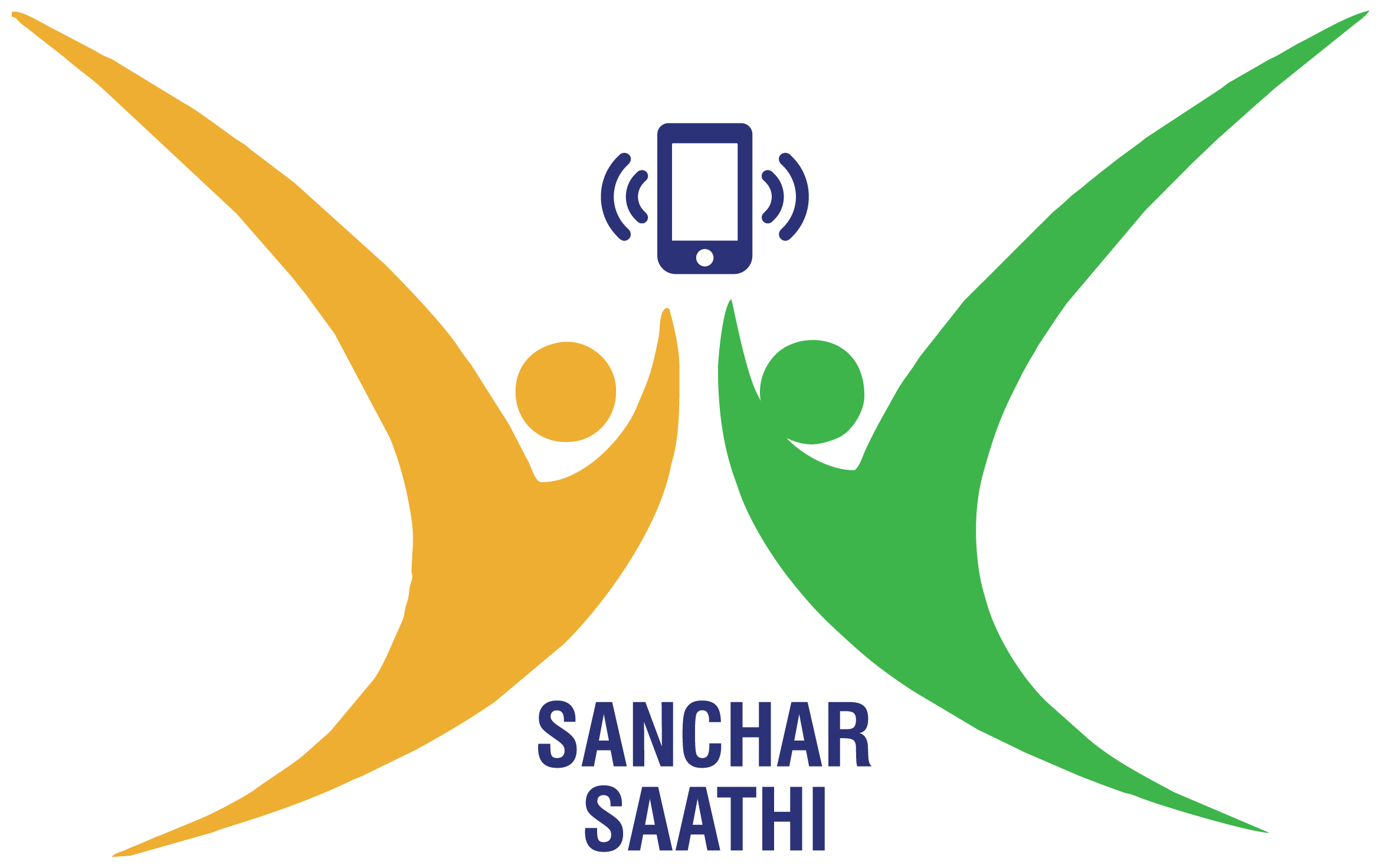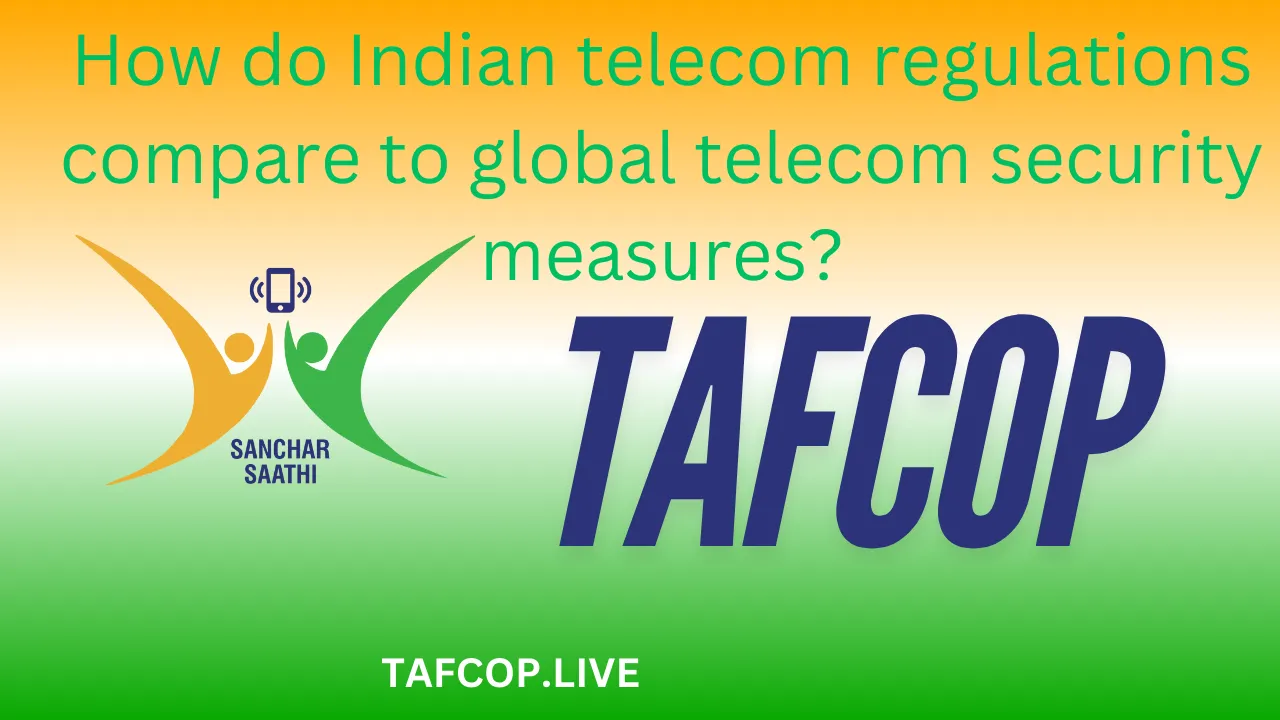In a world where technology evolves faster than we can keep up, telecom security has become the backbone of modern communication. From safeguarding personal data to preventing cyberattacks, the stakes are higher than ever. But how does India, a country with over 1.2 billion mobile subscribers, stack up against global telecom security measures? Are we leading the charge, or are we playing catch-up? Let’s dive into the intricate web of Indian telecom regulations and see how they measure up on the global stage.
How do Indian telecom regulations compare to global telecom security measures?
Indian telecom regulations are robust and evolving, but they still lag behind global standards in certain areas like data privacy laws and real-time surveillance capabilities. While India has made significant strides in implementing frameworks like the Telecom Regulatory Authority of India (TRAI) and the Digital Personal Data Protection Act, countries like the European Union and the United States have more comprehensive and stringent measures in place. However, India’s unique challenges, such as its massive population and diverse digital literacy levels, make its regulatory approach both innovative and complex.
Indian telecom regulations focus on consumer protection, data security, and national safety but are still catching up to global standards in areas like real-time surveillance and data privacy. While frameworks like TRAI and the Digital Personal Data Protection Act provide a solid foundation, countries like the EU and the US have more advanced and comprehensive systems.
What Are Indian Telecom Regulations?
Indian telecom regulations are a set of rules and guidelines designed to ensure fair practices, protect consumer rights, and maintain national security in the telecommunications sector. These regulations are primarily governed by the Telecom Regulatory Authority of India (TRAI), which oversees everything from tariff pricing to quality of service.
The primary goal of Indian telecom regulations is to balance innovation with security. For instance, TRAI’s mandate includes ensuring affordable internet access for all while safeguarding against cyber threats. However, the sheer scale of India’s telecom market—over 1.2 billion users—makes this a daunting task. Unlike smaller countries, India has to navigate challenges like rural connectivity, digital literacy gaps, and the constant threat of cyberattacks.
How Do Indian Telecom Regulations Compare to Global Standards?
When it comes to telecom security, global standards are often set by regions like the European Union (EU) and countries like the United States. These regions have stringent laws like the General Data Protection Regulation (GDPR) in the EU and the Communications Assistance for Law Enforcement Act (CALEA) in the US.
Indian regulations are similar in intent but differ in execution. For example, while GDPR mandates strict consent protocols for data collection, India’s Digital Personal Data Protection Act is still in its infancy and lacks the same level of enforcement. Similarly, CALEA in the US allows real-time surveillance for national security, whereas India’s capabilities in this area are still developing.
However, India has made significant progress in areas like net neutrality and consumer grievance redressal, often outpacing other developing nations. For instance, TRAI’s 2017 ruling on net neutrality ensured that all internet traffic is treated equally, a principle that even some developed countries struggle to enforce.
What Are the Key Differences Between Indian and Global Telecom Security Measures?
The key differences lie in scope, enforcement, and technological capabilities. Let’s break it down:
- Data Privacy Laws:
- EU: GDPR is one of the most comprehensive data privacy laws globally, requiring explicit consent for data collection and imposing heavy fines for violations.
- India: The Digital Personal Data Protection Act is a step in the right direction but lacks the same level of detail and enforcement.
- Surveillance and National Security:
- US: CALEA allows law enforcement agencies to access real-time communication data for national security purposes.
- India: While Indian agencies have similar powers, the technological infrastructure to support real-time surveillance is still catching up.
- Consumer Protection:
- India: TRAI has been proactive in addressing consumer complaints and ensuring fair pricing.
- Global: Many countries lack a dedicated regulatory body like TRAI, relying instead on broader consumer protection laws.
What Are the Strengths of Indian Telecom Regulations?
Indian telecom regulations excel in consumer protection and accessibility. For instance, TRAI’s Telecom Commercial Communication Customer Preference Regulation (TCCCPR) allows users to block spam calls and messages, a feature that is still rare in many countries.
Another strength is India’s focus on affordability. By promoting competition among telecom providers, TRAI has ensured that internet and call rates remain among the lowest in the world. This has been crucial in bridging the digital divide, especially in rural areas.
What Are the Weaknesses of Indian Telecom Regulations?
Despite their strengths, Indian telecom regulations have some glaring weaknesses. The most notable is the lack of a robust data privacy framework. While the Digital Personal Data Protection Act is a step forward, it still falls short of global standards like GDPR.
Another issue is enforcement. Even when regulations exist, they are often not implemented effectively. For example, despite TRAI’s rules on spam calls, many users still receive unsolicited messages.
How Can India Improve Its Telecom Security Measures?
To bridge the gap with global standards, India needs to focus on three key areas:
- Strengthening Data Privacy Laws:
India should adopt stricter data privacy regulations, similar to GDPR, to protect user data more effectively. - Investing in Technology:
Enhancing technological capabilities, especially in areas like real-time surveillance, will help India tackle security threats more efficiently. - Increasing Public Awareness:
Educating users about their rights and responsibilities can go a long way in improving telecom security.
FAQs
Q: What is TRAI?
A: TRAI, or the Telecom Regulatory Authority of India, is the governing body responsible for regulating the telecom sector in India.
Q: How does GDPR compare to Indian data privacy laws?
A: GDPR is more comprehensive and stringent, requiring explicit consent for data collection and imposing heavy fines for violations. India’s Digital Personal Data Protection Act is still evolving and lacks the same level of detail.
Q: What is net neutrality?
A: Net neutrality is the principle that all internet traffic should be treated equally, without favoring or blocking specific websites or services.
Conclusion
Indian telecom regulations have come a long way, but there’s still room for improvement. While frameworks like TRAI and the Digital Personal Data Protection Act provide a solid foundation, India needs to adopt stricter data privacy laws and invest in advanced technologies to match global standards. By doing so, India can not only protect its massive user base but also set an example for other developing nations. After all, in the digital age, security isn’t just a luxury—it’s a necessity.
“In the world of telecom, security is not an option; it’s the foundation of trust.”
Table:
| Aspect | India | Global (EU/US) |
|---|---|---|
| Data Privacy | Digital Personal Data Protection Act | GDPR (EU), CCPA (US) |
| Surveillance | Developing capabilities | CALEA (US), real-time monitoring |
| Consumer Protection | TRAI regulations | Broad consumer protection laws |
| Net Neutrality | Strong enforcement | Varies by country |
By focusing on these areas, India can continue to evolve its telecom regulations and ensure a safer, more secure digital future for its citizens.

